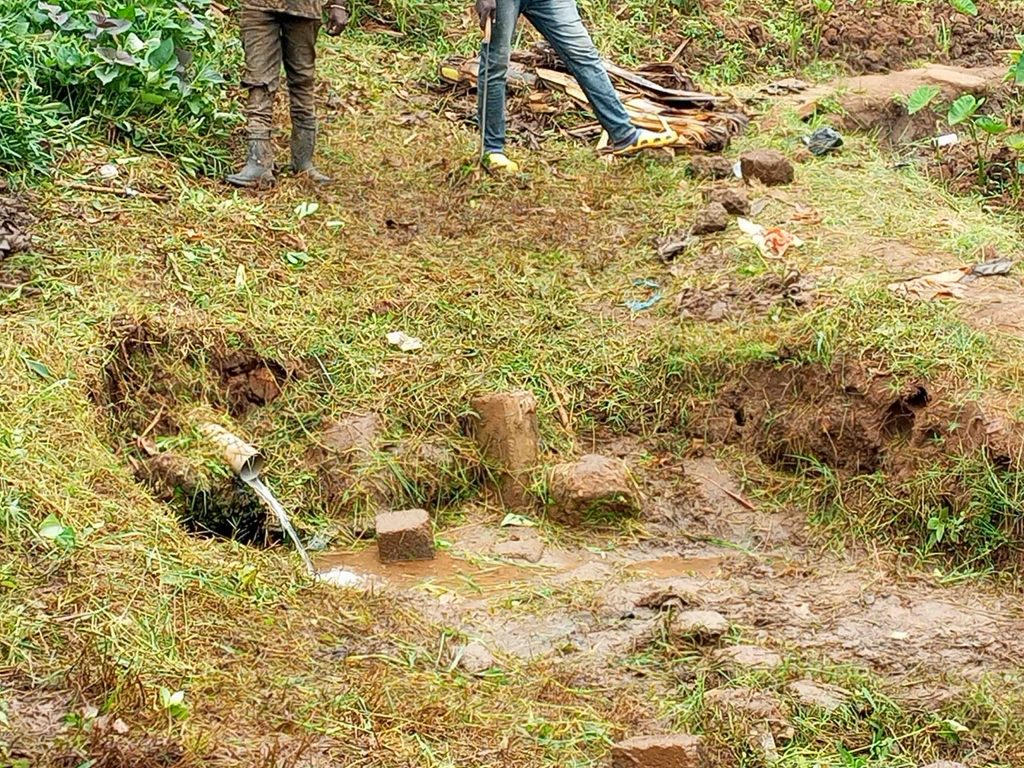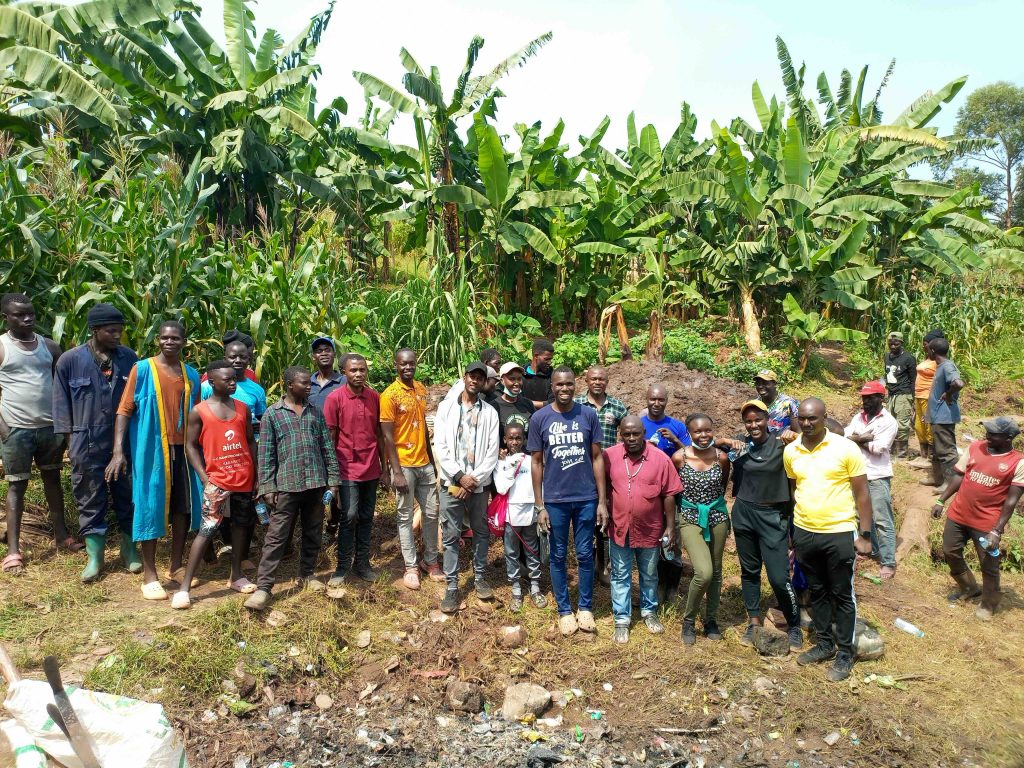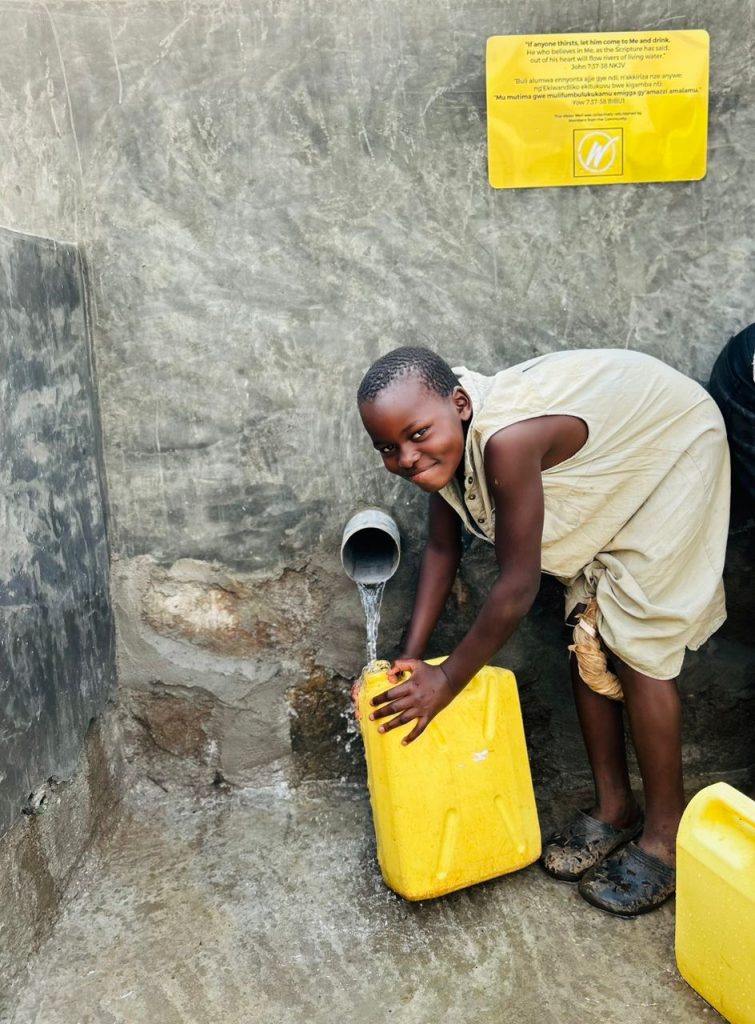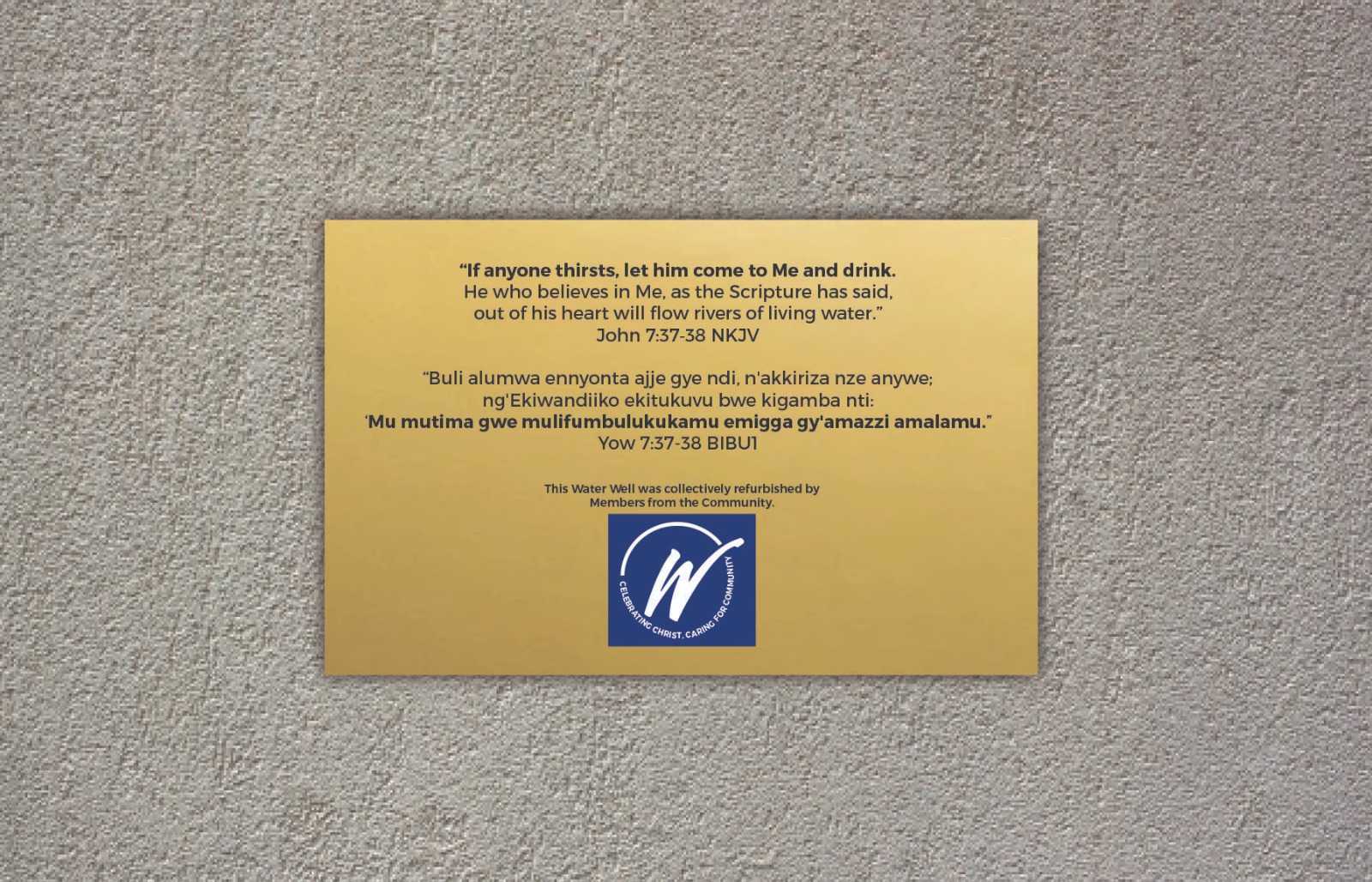“Religion that God our Father accepts as pure and faultless is this: to look after orphans and widows in their distress and to keep oneself from being polluted by the world.” James 1:27 NIV
In 1984, a young Canadian missionary couple together with their three little children left the comfort of their pristine home country to go to a war-ravaged country in the heart of Africa called Uganda. They really had no need to go there, it was “logically dumb” to do so, but still they risked their lives – literally. In fact, the Pentecostal Assemblies of Canada had assessed the situation in Uganda and told them not to go. Eventually though, they were commissioned. At that time, there were no flights into Entebbe, Uganda. Because of the fragile situation, the missionary family first settled briefly in Kenya.
Gary Skinner left his wife Marilyn and their children in Kenya and crossed into Uganda through the eastern border and pitched camp in Kumi, a township in Soroti district. The area was so insecure that during the night, the villagers in the community where Gary had sought temporary refuge would migrate to the top of a rocky hill. It was on that hill that he attended his first church service in Uganda. Eventually, Gary and his family would find their way into Kampala, the capital city of Uganda.
Kampala those days was a disaster. Garbage everywhere, people were in shabby clothes, without shoes many of them. The city was completely run down and gun fire rang every night. That was Kampala, that’s the city God called me to.
I remember coming in, I went up to Namirembe to the guest house – the Anglican guest house and a storm was brewing and there was sort of smoke lining the hills. And then massive clouds formed and there was a rainbow. I watched this rainbow and God said, “The city is a disaster but at the root of the rainbow is a pot of gold, and you are going to find that pot of gold.”
Gary M. Skinner
On 22nd April 1984, Easter Sunday, Kampala Pentecostal Church held its first service in a rented space called the Crystal Suite at the Grand Imperial Hotel. Marilyn Skinner likes to joke that it wasn’t imperial, crystal or a suite. It was used as a disco on Fridays and Saturdays. 75 people showed up that Sunday after the inaugural service was advertised on TV.
In 2009, Kampala Pentecostal Church rebranded to Watoto Church. Watoto is a Kiswahili word which translates to “children”. This name is representative of the iconic focus the church has on children. Watoto Child Care Ministries was founded in 1994 and to-date, over 5,000 of the most vulnerable children have been rescued, raised, and many of them have grown into influential leaders in the market place. The impact of Watoto is evident and can already be felt in many areas of society.

Watoto Church exists to celebrate Christ and care for Community. In every one of the 16 and counting areas where a Watoto campus is located, members of the church in the community are living up to the vision God gave Gary 40 years ago. Every year, these members mobilize their communities to identify pressing challenges and work together to solve them. Also, they identify the most vulnerable women in these communities and rally support to given them a hand up – not handouts to keep them dependent but rather to empower them to support their children and live fulfilled lives.
Over the years, as a community leader at Watoto, I have been privileged to join hands with members in my community through seed and care projects.
Out of the many projects I have been a part of, some haven’t had any impact but many have created impact. The idea behind a seed project can be likened to planting a seed. It is small but when it germinates, it has the potential to grow into something big that could become significant.
I have seen dirt roads we patched eventually being paved, dark neighborhoods we installed a few lights being fitted with street lights, garbage-filled localities being transformed into upscale neighborhoods and unhygienic watering sources transformed into properly-built wells serving hundreds of people with clean water.

So what kind of community care projects end up having long-lasting impact? Let me share from my experience what I have observed to be the hallmark ingredients of impactful community care projects. I believe this will be beneficial to other community leaders and members alike who intend to implement impactful projects in their communities.
1. Leadership
It was said by John C. Maxwell that everything rises and falls on leadership. It rings true that leaders will take the blame when it rains and take the credit when the sun shines.
Strong leadership is required to ensure the project has momentum and that all stakeholders are mobilized and involved. It takes a lot of time and even money to deliver a project that has impact. As a leader you need to be hands-on and have the ability to visualize (cast the vision) strategize, inspire and get things done.
Leaders are only measured by their results, not plans or excuses. You have to be ready to engage with elected political leaders, the police, partners and find the best way to deliver the project.
Good leadership involves being able to delegate. Don’t try to micromanage because it can get overwhelming. Where money is collected, ensure that there is transparency and accountability in how the funds are utilized. This creates confidence and eliminates mistrust from the community and other stakeholders.
2. Ownership

Many times, I have seen church members in the community convening what I will call ivory tower meetings to brainstorm what problems they are going to fix in their communities. They don’t engage with local leaders and other members of the community. Whereas this could be a start, it’s not the best way to go about this process.
In my experience, instead of making ivory tower plans, it’s best to first identify who the community leadership is. It could be the local councillors and other elected leaders, other church leaders, Imams at the local mosque and the Police among others. Once you build rapport with these leaders, they are better placed to let you know what the most pressing issues in the community are. They also have influence over members in the community and can help you mobillize them faster and effectively.
Most importantly, this creates a sense of ownership of whatever project you intend to implement. It is also very crucial that during your meetings with local leaders, you stress the fact that you are first and foremost members of the community. This helps to cure what I term as the donor syndrome. People have a tendency to fold their hands and have high expectations once you front your affiliation to the church.
3. Planning and Partnerships
Greatness is in the details.
Marilyn Skinner
Nothing great ever happens without taking care of the nitty gritties because the devil is always in the details. Everything needs to be thought through. I like to work with checklists, I find them very useful for listing everything that needs to be taken care of and then assigning responsibility with clear timelines. After that, have a follow-up mechanism to ensure nothing is falling through the cracks.
Also, start planning early. Don’t wait to start implementing the project last minute. Depending on the nature of project, the lead time to implement will vary accordingly. I recommend it’s best to start planning at least 6 months prior to when you intend to do the project. Take time to walk through the community prayerfully and observe.
As you document everything that needs to be done, it’s important to identify partners who can come along side you to implement your project. If you were doing a medical camp, partnering with hospitals, pharmacies would be very helpful.
If you intend to install security lights or fix a bad road, partnering with the police and local town council would be wise. With proper planning and the right partnerships, you can deliver community care projects that will have lasting impact.
4. Teamwork
I have been part of a couple of projects where it was only the church members in the community trying to do the work by themselves. Moreover, not all of them but just a few committed ones. What usually happens is the other members in the community end up becoming spectators because first of all there is a lack of ownership since they weren’t involved. If you work with the community leadership, you get buy in and team work becomes easier. Needless to say, without teamwork, your community care project is bound to be dead on arrival.
5. Sustainability

You have to think about how the project will continue to serve the community even after it is implemented. One mistake I have seen in many projects is church members trying to finance the entire operation. Whereas that isn’t a bad thing inherently, community care projects can be costly and the reality is there are many competing priorities for the same funds. You need to find a way of ensuring that the cost of the project is jointly borne by other members of the community and partners. You can achieve this if there’s ownership, proper planning and forged partnerships.
One of the impactful projects I oversaw to light up dark neighborhoods was successful because we got home owners in the community to take ownership and take responsibility for the security lights which we strategically installed on their perimeter walls. That way, they took care of the electricity bill and replacing the bulbs when they wore out.
With good leadership, community engagement, proper planning, teamwork and strong partnerships, you can deliver projects that will have be sustainable and have impact on the communities where God has placed you.
You don’t live for a dream. You live for God.
Gary M. Skinner
3,048 total views, 1 views today
